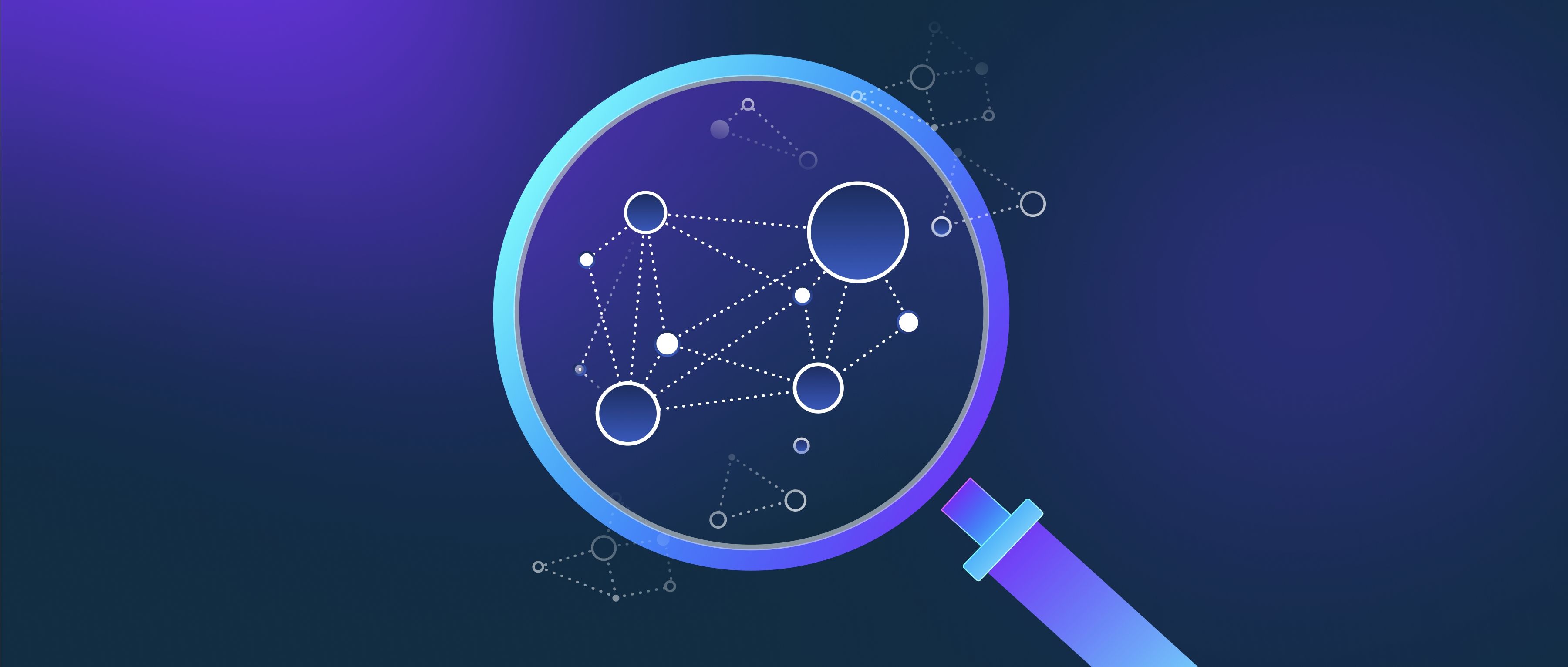Zero-shot learning (ZSL) with embeddings refers to the ability of a model to make predictions on classes or tasks it has never encountered during training, using embeddings as a source of prior knowledge. The idea is to leverage the learned embeddings to transfer knowledge from known tasks to unseen tasks. For example, if a model is trained to recognize various animals like cats, dogs, and horses, it can still classify a zebra using the relationship captured in the embedding space, even though it has never been explicitly trained on zebras.
In the context of embeddings, zero-shot learning often relies on semantic embeddings, where each class or task is represented by a vector that captures its characteristics or attributes. These semantic vectors are typically pre-trained on large-scale datasets and used to compare unseen classes against known ones. For example, a model might classify a new object by comparing its semantic embedding to those of objects it has already learned.
Zero-shot learning with embeddings has become increasingly important for tasks like natural language processing and image recognition, where the ability to generalize to new, unseen data is crucial. By using embeddings, models can infer information about new classes or tasks based on their similarity to previously learned data, enabling them to handle a wide range of real-world applications where training on every possible class is not feasible.
